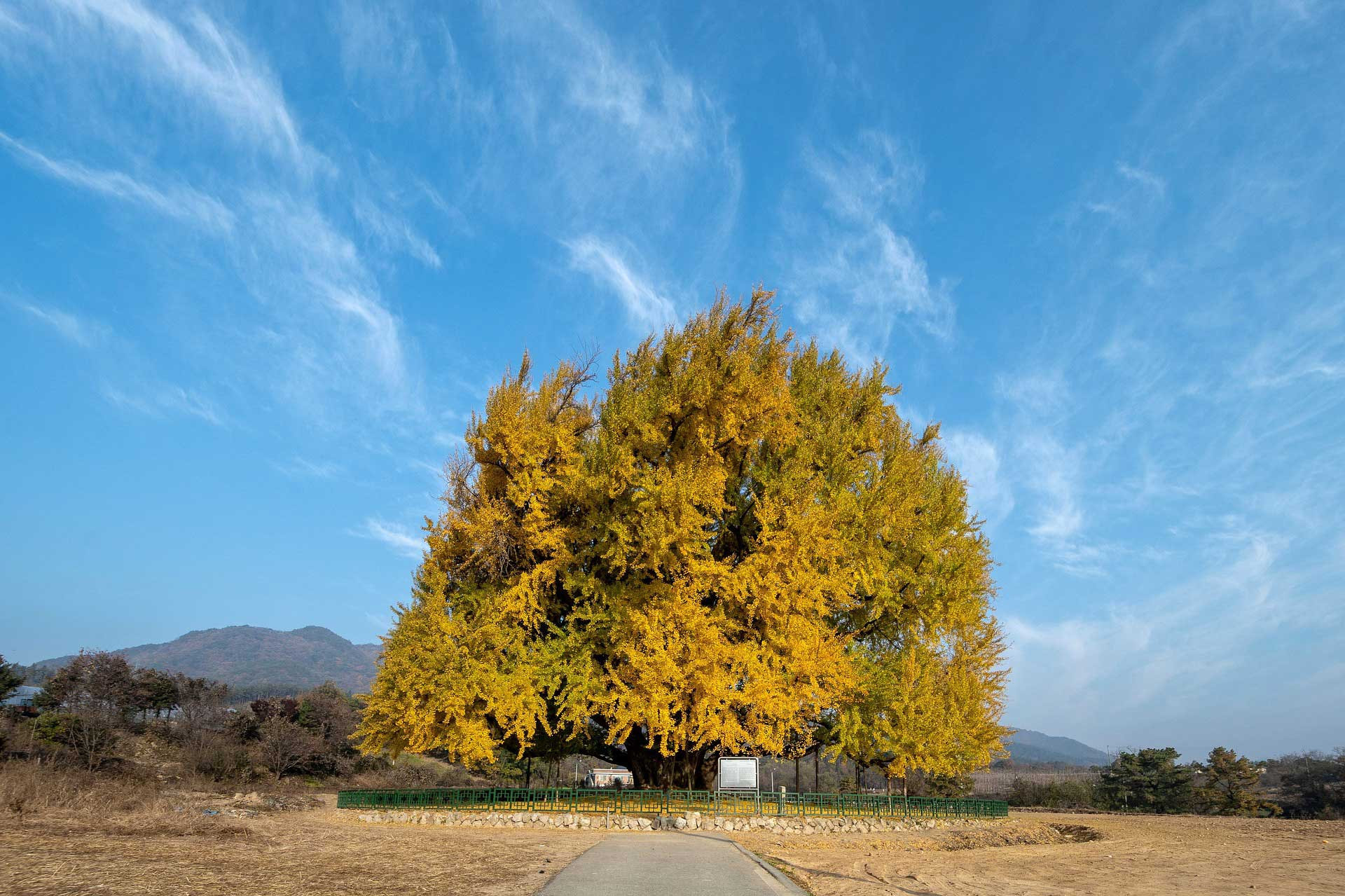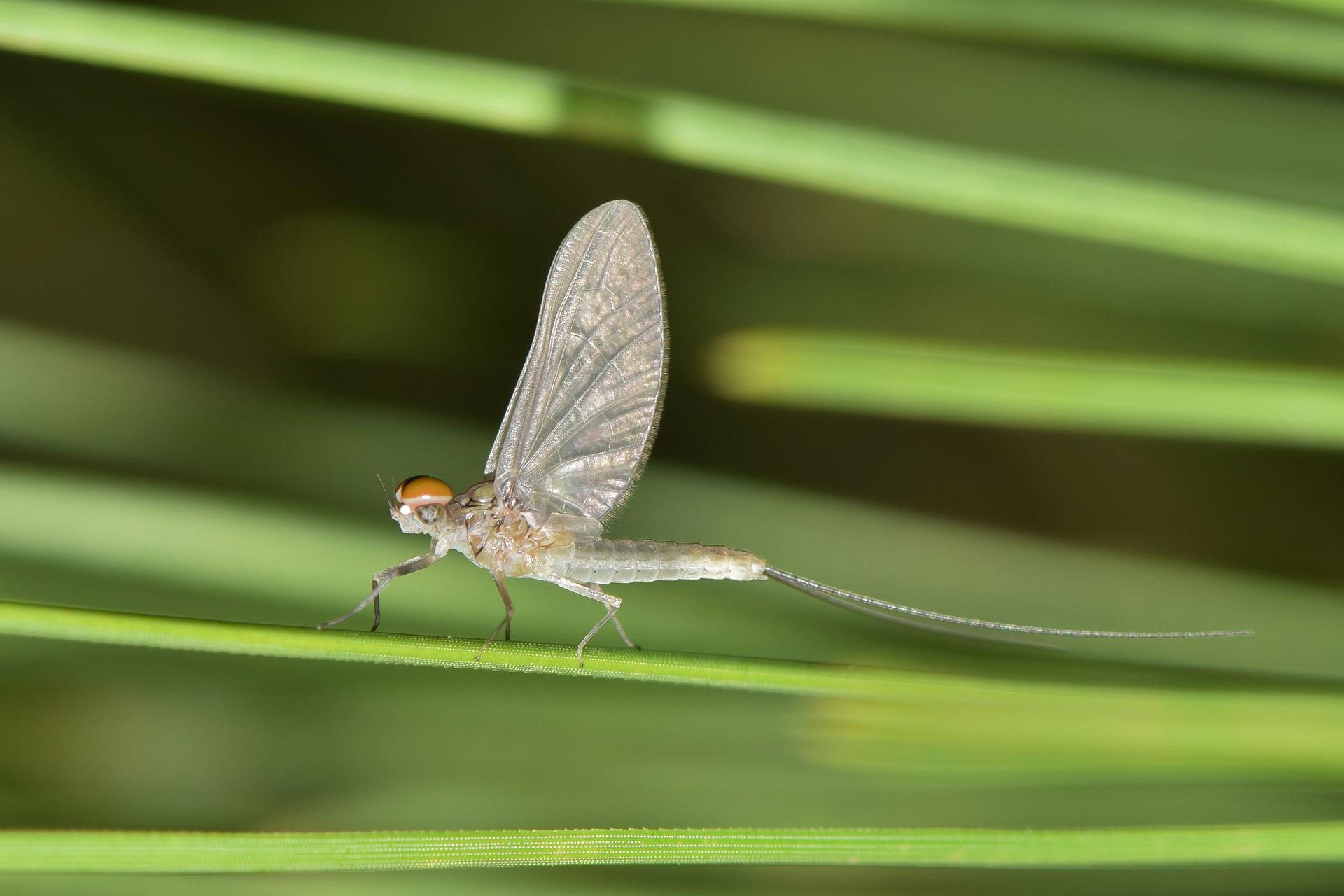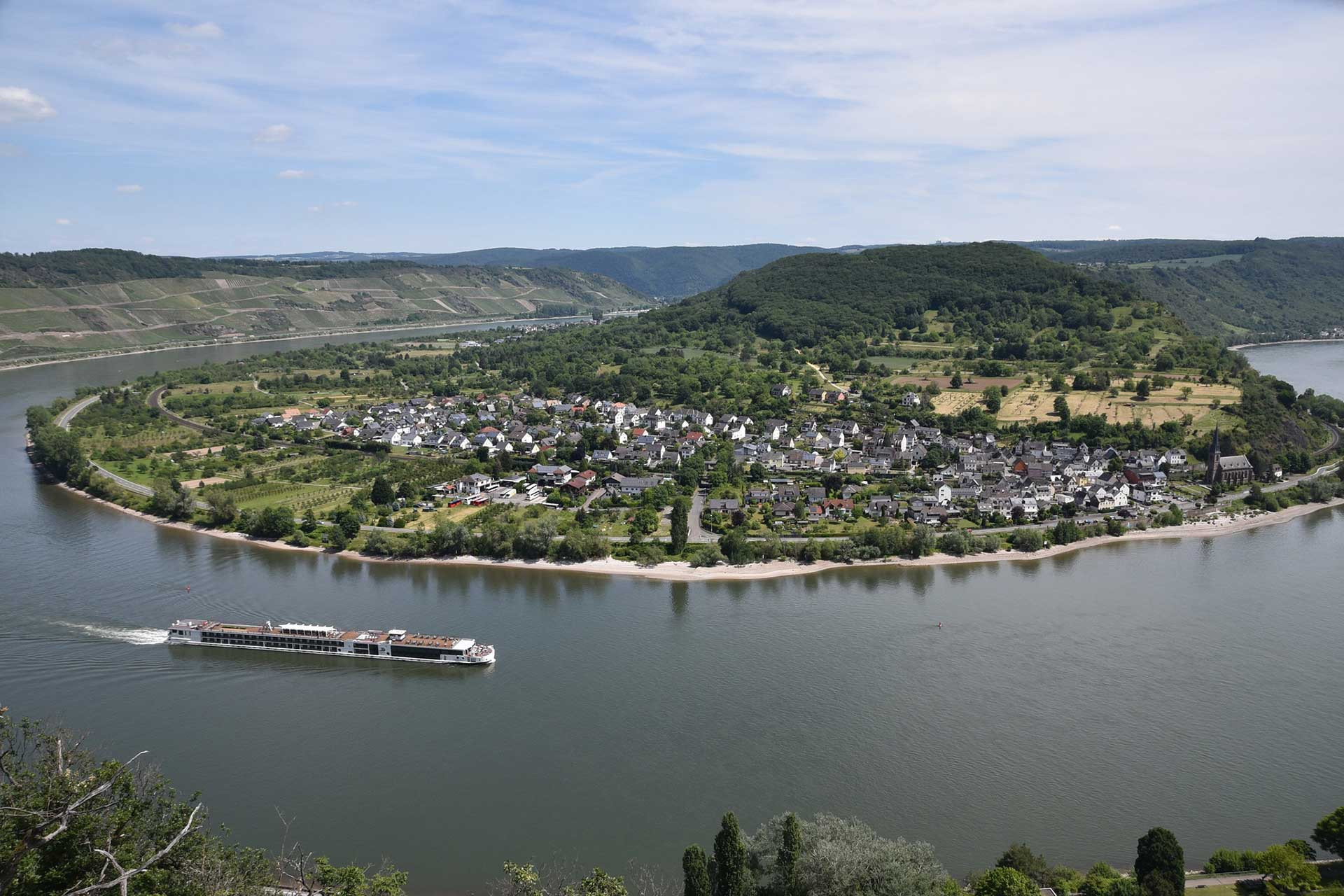The world as we know is changing. Rapidly.
If the years of the pandemic made us more aware of our immediate surroundings, 2022 was a rude global wake-up call—a year in which about 16,000 people lost their lives to devastating heat waves in Europe, damages caused by droughts were the ninth-highest compared to the last 48 years, and floods affected more than 27 million children worldwide. Probably why the IPCC Climate Change Report 2022 was termed the 'atlas of human suffering'.
It is not all doom and gloom, though. Patagonia founder Yvon Chouinard inspired entrepreneurs and philanthropists worldwide by giving away his company to fight the climate crisis. The Finland Climate Change Act committed the nation to achieving net-zero emissions by 2035. The captive birth of a Sumatran Rhinoceros calf in Indonesia gave fresh hope for the survival of the critically endangered species.
Here are the environmental headlines that made a difference to the world in 2022.
A once-in-a-millennium event
January
On January 15, the Hunga Tonga–Hunga Haʻapai volcano erupted causing significant damage on the shores of the South Pacific nation of Tonga and its after-effects were felt across the globe; the resulting sonic boom was even heard in Alaska, 9000km away. According to the New Scientist, the two previous mega-eruptions of the Hunga Tonga-Hunga Ha’apai occurred in AD 1100 and AD 200, suggesting they occur roughly once every millennium.
Read more: Tonga’s volcano eruption and tsunami explained in maps and charts | Al Jazeera
Latest IPCC report on the climate crisis ‘is an atlas of human suffering’
March
The second part of the IPCC’s latest assessment report, which deals with the impacts of climate breakdown, sets out the areas that are most vulnerable and details how we can try and protect against some of these impacts. As per the report, about half the global population live in areas 'highly vulnerable’ to climate change, with small islands the worst affected. The climate crisis also has the power to worsen problems such as hunger, ill-health and poverty, the report makes clear. UN Secretary-General António Guterres said: “I have seen many scientific reports in my time, but nothing like this. Today’s IPCC report is an atlas of human suffering and a damning indictment of failed climate leadership.”
Read more: IPCC issues ‘bleakest warning yet’ on impacts of climate breakdown | The Guardian
Plants humans don’t need will be extinct soon, warns new study
March
Researchers at the Smithsonian Institution set out to find how plant species have been affected by humans since the start of the Anthropocene era. They analysed data on 86,592 vascular plant species, less than 30 per cent of all known plant species, and found that many more species are pushed to extinction by human activity rather than aided. About 20,290 species are categorised as losers because they are not useful to humans and are already recognised as endangered species. “We’re actually beginning to quantify what’s going to make it through the bottleneck of the Anthropocene, in terms of numbers,” said John Kress, the lead author of the paper. “It’s not the future, it’s happening. The bottleneck is starting to happen right now. And I think that’s part of the wake-up call that we are trying to give here.”
Read more: Plants humans don’t need are heading for extinction, study finds | The Guardian
New captive birth rekindles hope for the critically endangered Sumatran Rhino
April
Indonesia reported the birth of a Sumatran Rhinoceros in a captive-breeding programme for the critically endangered species. According to a statement from the Indonesian environment ministry, the Sumatran rhino was born on March 24 at the Sumatran Rhino Sanctuary in Sumatra’s Lampung province. The female calf is the offspring of Andatu, a male born at the sanctuary in 2012, and Rosa, a female captured from the wild in 2005. Indonesia is the last refuge for the endangered Sumatran Rhino. Before this new birth, Rosa miscarried eight pregnancies between 2017 and 2020. The wild population of the Sumatran Rhinoceros is estimated to be no more than 80 individuals.
Read more: It's a girl: Super rare Sumatran rhino born in captive-breeding centre | Mongabay
Climate change and shifting wildlife habitats can lead to increased viral outbreaks
May
In the next half-century, climate change led movement of mammalian species could lead to more than 15,000 new cases of viral transmissions, a new study predicts. As global temperatures continue to rise, 'first-time meetings' between various wildlife species that have migrated in search of cooler temperatures will create transmission hotspots. The study, which was published in Nature journal, made its predictions based on tested models and simulations over a five-year period. Parts of India and Indonesia will be spillover hotspots where regions with dense human populations will overlap with areas of increased viral exchange.
Read more: Climate change will force new animal encounters—and boost viral outbreaks I Nature
Number of flying insects in Great Britain drop by a ‘terrifying’ 60 per cent
May
The results of a public survey that counted insect splats on car registration plates, when compared with results from 2004, showcased a "terrifying" drop in the number of flying insects in Great Britain. The fall was highest in England, at 65 per cent, with Wales and Scotland recording 55 per cent and 28 per cent fewer insects respectively. “This vital study suggests that the number of flying insects is declining by an average of 34 per cent per decade – this is terrifying,” said Matt Shardlow at Buglife, which ran the survey along with Kent Wildlife Trust (KWT). Participants of the survey downloaded the Bugs Matter app, which enabled them to record their journeys and the number of bugs squashed on their registration plates.
Read more: Flying insect numbers have plunged by 60% since 2004, GB survey finds | The Guardian
You may also like to read
More than 200 dams removed from Europe's rivers in 2021
May
In 2021, at least 239 dams and weirs were removed from rivers across 17 European nations, according to Dam Removal Europe's latest report. Spain led the way with 108 structures taken out of the country’s rivers. There is an estimated 1m barrier on Europe's rivers, of which at least 150,000 are old, obsolete barriers that serve no economic purpose. River obstacles like dams and weirs block fish migration routes, often leading to the loss of breeding areas, which in turn affects the wider biodiversity of ecosystems, including species ranging from eagles to otters. Free-flowing rivers also transport sediments and nutrients.
Read more: Record number of dams removed from Europe’s rivers in 2021 | The Guardian
Microplastics in fresh Antarctic snow
July
Scientists have found microplastics in freshly fallen Antarctic snow for the first time. Samples collected from 19 different sites in Antarctica contained tiny plastic fragments, reported researchers from the University of Canterbury in New Zealand. They found 29 particles per litre of melted snow and identified 13 different types of plastics. The most common was polyethylene terephthalate (PET), used in soft-drink bottles and clothing. “Modelling shows their origin could have been up to 6,000km away,” researcher Alex Aves wrote in the journal, Cryosphere.
Read more: Microplastics found in fresh Antarctic snow | BBC News
Wildfire threatens Giant Sequoia trees of Yosemite
July
A growing fire in Yosemite National Park is threatening the Giant Sequoia trees of Mariposa Grove. "[The fire] has entered the grove, but the good news is because of prescribed burns and clearing out material on the ground, it's clear in the Mariposa Grove," said fire incident public information officer Robbie Johnson to CNN. Mariposa Grove is home to more than 500 Giant Sequoia trees, a redwood species that grows to more than 250 feet. The Washburn Fire, which began on July 7, has doubled in size since, burning near the lower portion of the grove. A total of 360 fire personnel are working to contain the fire from the ground and air.
Drought declared in parts of England as drought in Germany hits new lows
August
The prolonged dry conditions, with some areas not receiving rain all summer, have seen the National Drought Group declare a official drought across swathes of England. The Environment Agency has moved into drought in eight of its 14 areas. Namely, Devon and Cornwall, Solent and South Downs, Kent and south London, Herts and north London, East Anglia, Thames, Lincolnshire and Northamptonshire, and the east Midlands.
The ongoing drought in Germany hit new lows as the Rhine river fell below 40cm on parts of its key route for transporting fuel, wheat and other commodities. According to Germany’s Federal Waterways and Shipping Administration, water levels are estimated to drop by a further 10-15cm over the coming three or four days.
Read more: Drought declared across eight areas of England | The Guardian, Rhine water levels fall to new low as Germany’s drought hits shipping | The Guardian
‘Inevitable’ that the global sea level will rise by more than 10 inches!
August
Scientists have found that even if we stop burning fossil fuels (considered the driving factor for the climate crisis) overnight, a major sea-level rise from the heating of the Greenland ice cap is now inevitable. New research shows that the global heating to date will cause an absolute minimum sea-level rise of 27cm (10.6in) from Greenland alone as 110 trillion tonnes of ice melt. And, with continued carbon emissions, the melting of other ice caps and the thermal expansion of the ocean, a multi-metre sea-level rise appears likely. “It is a very conservative rock-bottom minimum,” said Professor Jason Box from the National Geological Survey of Denmark and Greenland (Geus), who led the research. “Realistically, we will see this figure more than double within this century.”
Read more: Major sea-level rise caused by melting of Greenland ice cap is ‘now inevitable’ | The Guardian
Pakistan Floods: At least 1,136 dead. More than 33 million affected!
August
As per early estimates, the devastating floods have caused at least £8.5bn worth of damage, said Pakistan's planning minister, Ahsan Iqbal. His comment comes as climate change minister Sherry Rehman said that one-third of the nation has been submerged. Flash floods caused by historic monsoon rains have killed at least 1,136 people and affected more than 33 million, over 15 per cent of the country's population. The South Asian nation has received a $1.1bn bailout from the International Monetary Fund (IMF).
Read more: Pakistan floods: Disaster to cost more than $10bn, minister says | BBC News
Patagonia founder donates $3 billion company to fight the climate crisis
September
Founder of the apparel wear company Patagonia, Yvon Chouinard, his spouse and two adult children are giving away ownership of the company to help fight the climate crisis.
The company expects to contribute about $100 million a year, depending on the health of the business. Patagonia's non-voting stock will now be owned by a climate-focused trust and a group of nonprofit organisations—the Patagonia Purpose Trust and the Holdfast Collective. In a letter published on the company website, Chouinard wrote, "Each year, the money we make after reinvesting in the business will be distributed as a dividend to help fight the crisis."
"If we have any hope of a thriving planet—much less a thriving business—50 years from now, it is going to take all of us doing what we can with the resources we have."
Read more: Patagonia founder donates entire company to fight climate change | CNBC
Wildlife populations decline by 69 per cent in 50 years
October
Wildlife populations across the world have suffered a “devastating” decline in the past 50 years, according to World Wildlife Fund’s (WWF) latest Living Planet Report. The landmark report by WWF and the Zoological Society London (ZSL) shows the relative abundance—the rate at which species’ population sizes are changing—of wildlife populations fell on average by 69 per cent between 1970 and 2018. Wildlife populations in Latin America and the Caribbean saw the steepest decline at 94 per cent. Africa and the Asia-Pacific saw an average decline of 66 and 55 per cent, respectively. “The message is clear and the lights are flashing red,” WWF International Director General Marco Lambertini said in his foreword to the report.
Read more: ‘Lights flashing red’ for wildlife amid 69 per cent populations decline | Al Jazeera
Juvenile bird sets world record for 13,560km continuous flight
October
A juvenile Bar-tailed Godwit, known by its satellite tag number 234684, has flown from Alaska to the Australian state of Tasmania without stopping, covering a distance of 13,560km and setting a new world record for marathon bird flights. The five-month-old bird set off from Alaska on 13 October and appeared to have stopped nowhere over 11 days and one hour. The previous record was held by an adult male of the same species, which flew 13,000km in 2021, beating its previous record of 12,000km the year before.



















